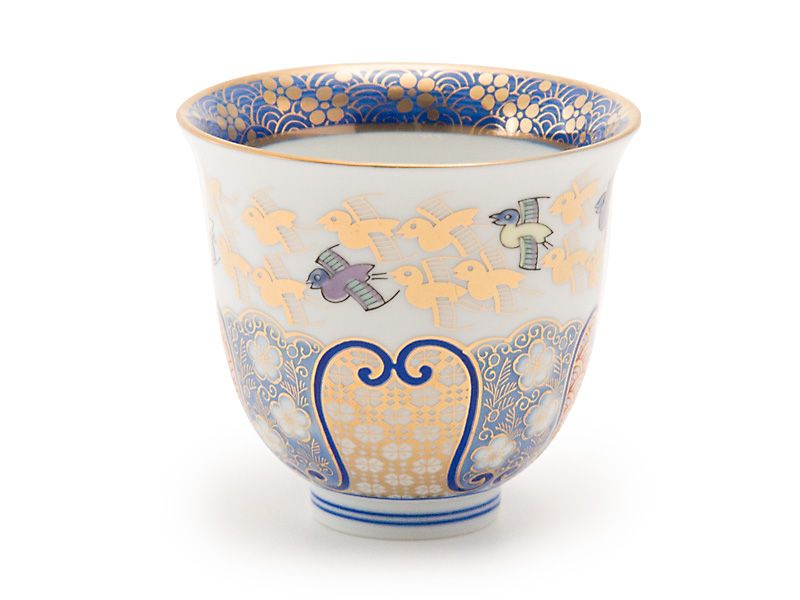Japanese Ceramic Tea Cups: A Cultural Treasure
History:
Japanese ceramic tea cups, or "yunomi," have a long and rich history that dates to the 12th century. Originally made from simple, unglazed clay, these cups were used primarily in the traditional Japanese tea ceremony, or "sado." As the tea ceremony evolved over time, so the design and decoration of the cups used in the ritual.



Styles:
There are four main styles of Japanese ceramic tea cups:
- Tenmoku: These cups are characterized by their simple, unadorned design and dark, glossy glaze. They were highly prized for their ability to enhance the flavors and aromas of the tea and for their aesthetic simplicity.
- Seto: These cups are known for their intricate designs and colorful glazes, with many features of landscapes, flowers, and other nature-inspired motifs. Seto's cups were a status symbol and were often given as gifts to honored guests.
- Karatsu: These cups are characterized by their rustic, unglazed exteriors, and simple, earthy designs. They were often used in the more rustic tea ceremonies held in the countryside.
- Arita: These cups are known for their delicate, porcelain-like texture, and intricate designs, often featuring scenes from nature or traditional Japanese motifs.
Techniques:
In addition to the different styles of Japanese ceramic tea cups, there are also various techniques used to create them. For example, some cups are formed using the "coil-and-scrape" method, where a potter coils and sculpts the clay by hand. Other cups are made using a mold, which allows for a more precise and uniform shape.
Cultural significance:
Beyond their practical function of holding tea, Japanese ceramic tea cups have a deep cultural significance. They are an art form and are often used in tea ceremonies as a way to bring people together and promote a sense of harmony and balance. The tea ceremony itself is an ancient tradition that is steeped in ritual and symbolism, with the tea cup playing a central role in the ritual.
Conclusion:
Japanese ceramic tea cups have a rich history and cultural significance. From the simple and unadorned Tenmoku style to the intricate and colorful Arita style, these cups have evolved to reflect the changing tastes and preferences of the Japanese people. They are not just a functional item, but also a work of art and an important part of the traditional Japanese tea ceremony.






